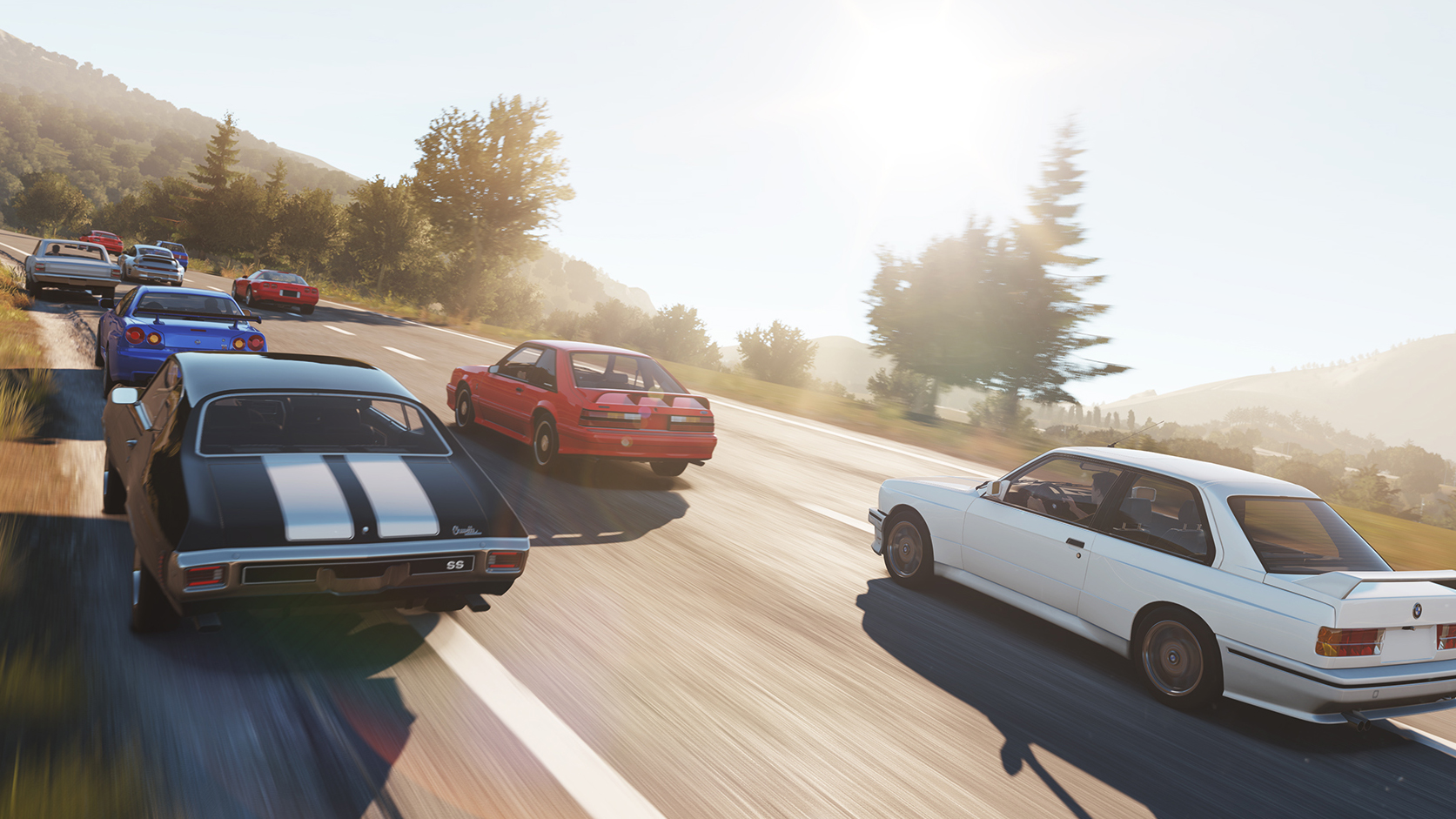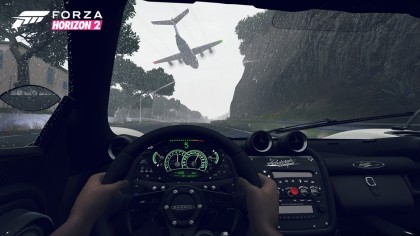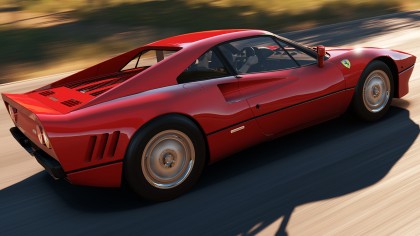Why Forza Horizon 2 wants to be the imperfect racer
Two words: orange peel

Haven't you heard the news? Racing games are in trouble. If you didn't get the hint when Activision shut down Blur and Project Gotham developer Bizarre Creations in 2011, citing "fundamental" changes in the genre, perhaps the absence of a Need for Speed this Christmas (the first time for over a decade) will convince you that something is wrong.
Then again, despite what the naysayers might claim, we're about to see the launch of four huge racing games within the space of just a few weeks: Driveclub, Project Cars, The Crew and Forza Horizon 2. Driveclub alone will more than cater for the tastes of the true motoring aficionados, but it's Horizon 2 that could be just the shot in the arm that this genre needs right now.
Because, unlike Driveclub, which prides itself on the granular details, Horizon wants to cater for the car enthusiasts and the casual sunday drivers alike. While it holds many of the ideals of Forza 5 close to heart, it wants to make racing, well, fun again.

To do that it's tearing out the boundaries to let players race across open world environments and just indulge themselves in the pleasure of driving once again. But you can't launch your first game on a new console without wax and polish, no matter how many fun features you throw into the bag.
And what's interesting is that, while Playground Games and Turn 10 have carried over Forza 5's rendering engine and core systems on the Xbox One to make sure the cars feel as real as possible (with the option of various driving assists should you desire them), it found that it's the eyes, not the hands, that are always the final judge. You can have a car that handles identically to its real-world counterpart, but if it looks jaggy or the spoiler doesn't reflect light in just the right way, people won't buy into it.
"I'll let you in on a little secret," Turn 10 Studios Content Director John Wendl tells TechRadar. "We did some testing and evaluation, and we found that visuals more than the handling of the car influence how real something is. We came to the conclusion in many cases that if it looks real, it is real. And if it doesn't look real, it doesn't matter how accurate your physics are, people won't believe that it's real. Because at the end of the day you're driving a car in a video game, you're not getting seat-of-the-pants feedback, the world is not zipping by you."
Real Racing
But the team were faced with an interesting dilemma early on: the cars until now had looked too good. For a car to look truly real it needs imperfections, so the developers decided that this time they needed to tease out the flaws.
Get daily insight, inspiration and deals in your inbox
Sign up for breaking news, reviews, opinion, top tech deals, and more.
"With Horizon one and Forza 4, we would often get feedback saying 'your cars look perfect, how are you ever going to make them any better?'" says Wendl. "And we looked at them and we realised they were perfect, in fact they were too perfect, they were so pristine they almost looked fake"

"We'd sort of stumbled into this uncanny valley with cars. And when we went to the Xbox One we had this new horsepower and this new resolution, and we were thinking, how can we leverage this to really bring that visual realism to the next level?
"When we looked at cars up close we found all these minor imperfections. When you paint a car, no matter how many times you sand it, as you paint and put clear coat on it, there are these slight imperfections in the paint. When you look into the reflection it's slightly warbly, and that's called orange peel.
Hugh Langley is the ex-News Editor of TechRadar. He had written for many magazines and websites including Business Insider, The Telegraph, IGN, Gizmodo, Entrepreneur Magazine, WIRED (UK), TrustedReviews, Business Insider Australia, Business Insider India, Business Insider Singapore, Wareable, The Ambient and more.
Hugh is now a correspondent at Business Insider covering Google and Alphabet, and has the unfortunate distinction of accidentally linking the TechRadar homepage to a rival publication.
